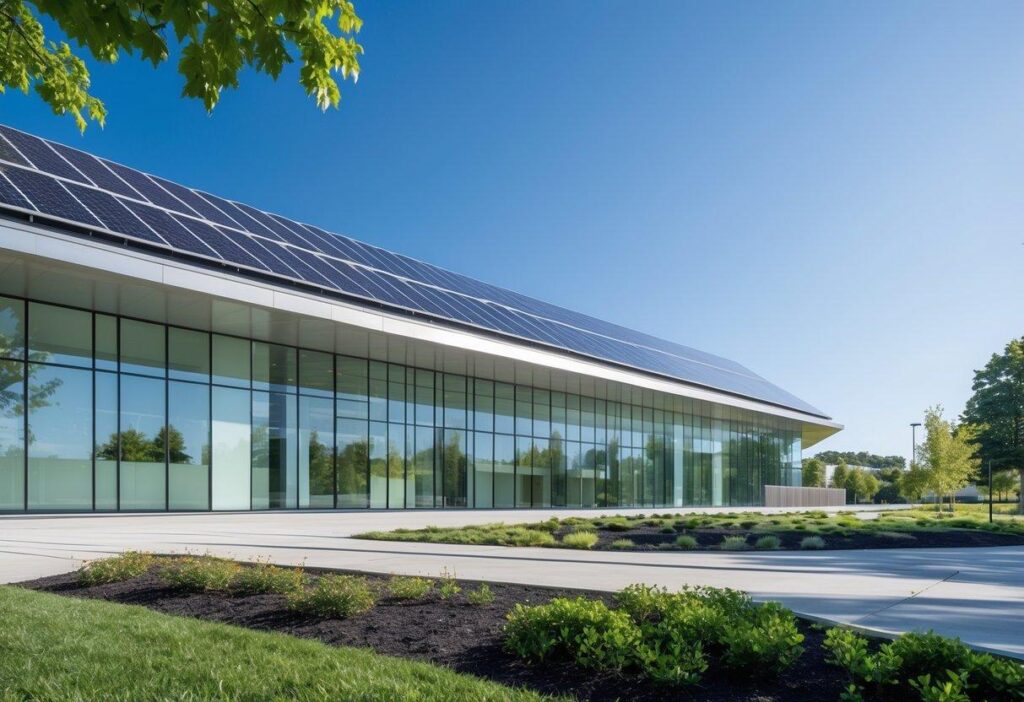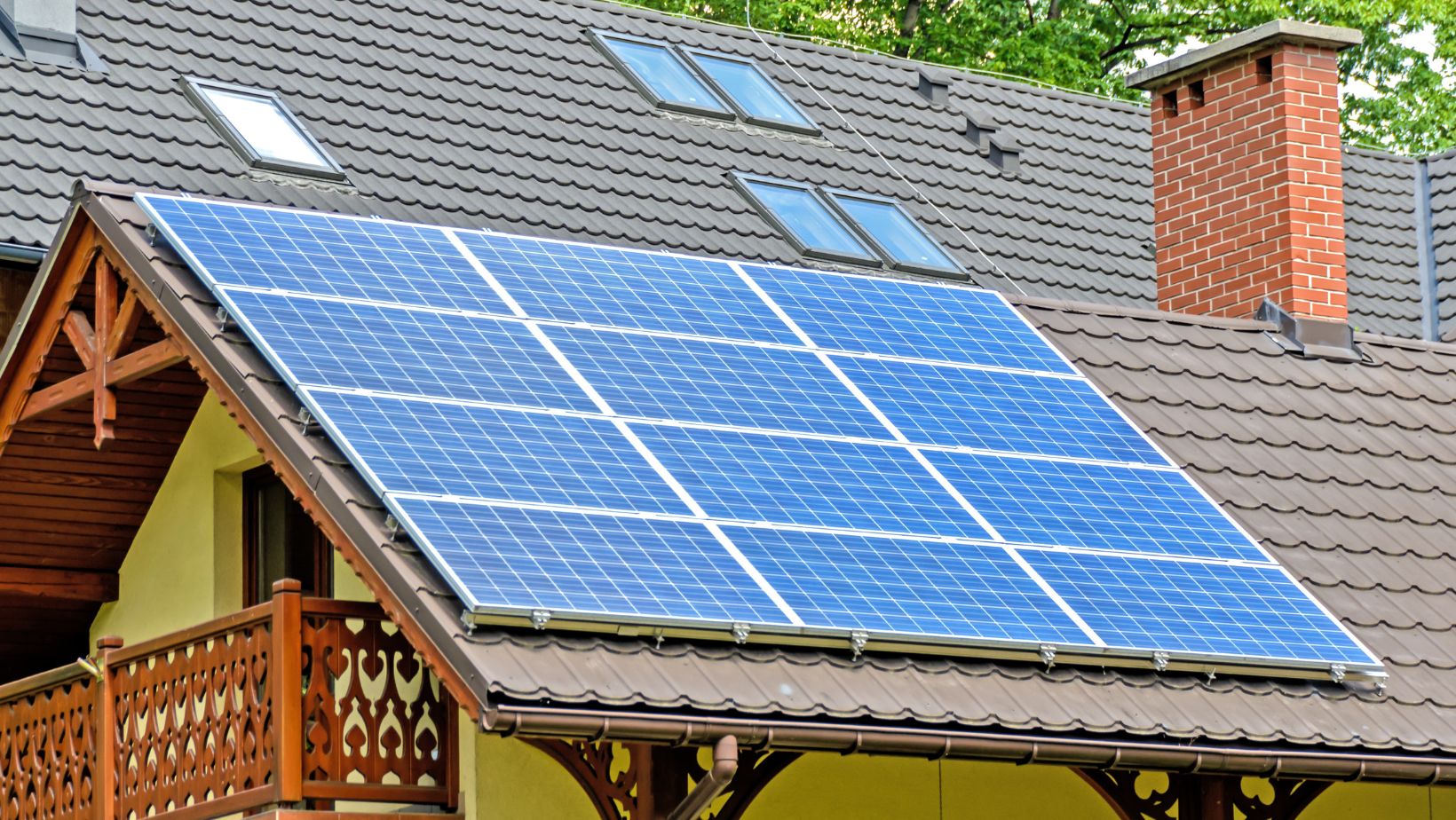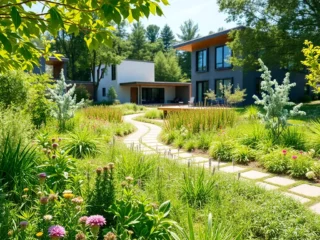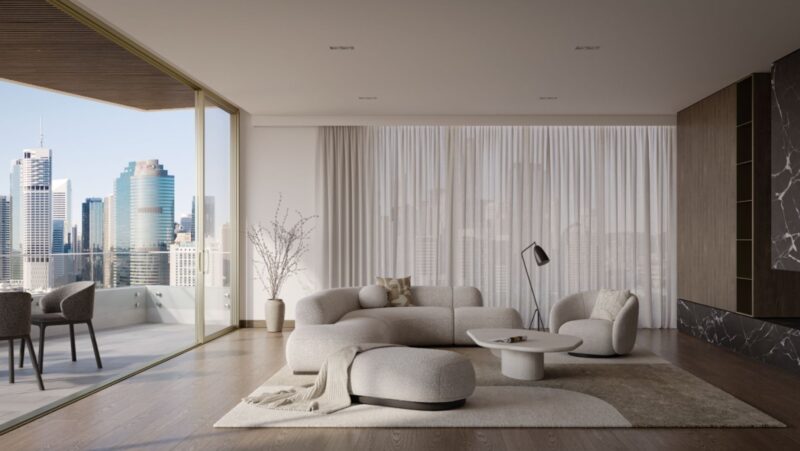
Integrating solar energy into architectural designs involves combining sustainable technology with building aesthetics and function. This approach allows buildings to generate their own clean energy while maintaining or enhancing their visual appeal.
According to the experts at Metro Express Solar, the most effective integration aligns solar panels with the building’s structure and orientation, optimizing energy capture without compromising design. It requires thoughtful planning, including consideration of materials, placement, and energy needs.
Architects and engineers work together to incorporate solar technology seamlessly, turning energy systems into both functional and design elements. This process transforms buildings into energy-efficient spaces that contribute to environmental goals.
 Color, texture, and panel layout influence the building’s appearance. Some designs use solar shingles or panels with customized frames to blend with roofing materials.
Strategic placement avoids overshadowing key architectural features. Transparent or semi-transparent panels can also be used in windows and skylights to combine function with aesthetics.
Color, texture, and panel layout influence the building’s appearance. Some designs use solar shingles or panels with customized frames to blend with roofing materials.
Strategic placement avoids overshadowing key architectural features. Transparent or semi-transparent panels can also be used in windows and skylights to combine function with aesthetics.
Principles of Solar Integration
Integrating solar energy into architecture relies on specific design choices that maximize sunlight use while minimizing energy loss. Effective solar integration combines natural heat management, technology, and careful site planning to enhance energy efficiency and sustainability.Passive Solar Strategies
Passive solar design uses building elements to collect, store, and distribute solar energy naturally. Key components include large south-facing windows for winter heat gain and thermal mass like concrete floors or walls that absorb sunlight during the day and release heat at night. Shading devices such as overhangs or deciduous trees reduce overheating in summer by blocking high-angle sun rays. Insulation and airtight construction prevent heat loss, maintaining comfort without mechanical heating. Passive solar strategies reduce energy consumption and often lower construction and operational costs.Active Solar Systems
Active solar systems involve mechanical equipment to convert sunlight into usable energy. Photovoltaic (PV) panels generate electricity directly from sunlight, while solar thermal collectors produce hot water or air for heating. These systems require integration with electrical wiring, plumbing, and control units. Proper placement and orientation maximize system efficiency. Active solar technologies often include batteries or grid connections to store or distribute energy, making them essential for buildings aiming for net-zero energy use.Building Orientation and Site Analysis
Building orientation directly impacts solar energy capture. Aligning the longest facade within 15 degrees of true south optimizes sunlight exposure. This alignment improves the efficiency of both passive and active solar elements. A thorough site analysis considers local climate, shading from trees or nearby buildings, and seasonal sun paths. Factors like latitude and prevailing winds affect the design. Integrating these insights during early planning ensures the solar systems perform as intended throughout the year.| Factor | Impact on Solar Integration |
| Orientation | Maximizes sunlight exposure |
| Shading Sources | Reduces solar gain, prevents overheating |
| Climate Conditions | Influences type of solar strategy |
| Site Topography | Affects sunlight angles and shading |
Architectural Considerations for Solar Design
Effective integration of solar energy requires attention to aesthetic impact, material choices, and structural modifications. Each factor plays a critical role in maximizing efficiency while maintaining design integrity.Aesthetic Integration of Solar Panels
Architects balance solar panel visibility with overall building design to maintain visual appeal. Panels are often incorporated as design elements, such as sleek roof mounts or facade cladding, rather than as add-ons. Color, texture, and panel layout influence the building’s appearance. Some designs use solar shingles or panels with customized frames to blend with roofing materials.
Strategic placement avoids overshadowing key architectural features. Transparent or semi-transparent panels can also be used in windows and skylights to combine function with aesthetics.
Color, texture, and panel layout influence the building’s appearance. Some designs use solar shingles or panels with customized frames to blend with roofing materials.
Strategic placement avoids overshadowing key architectural features. Transparent or semi-transparent panels can also be used in windows and skylights to combine function with aesthetics.












